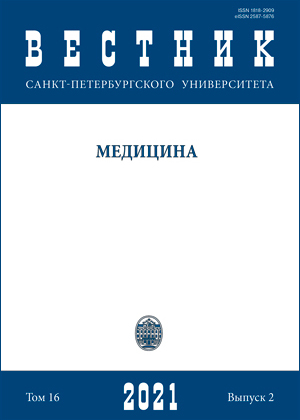Automatic scoliosis angle measurement using deep learning methods, how far we are from clinical application: A narrative review
DOI:
https://doi.org/10.21638/spbu11.2021.202Аннотация
In recent years, automatic measurement of scoliosis angle using deep learning (DL) techniques is being studied extensively. The objective of this study is to review and assess the clinical applicability of these new methods. A wide search for English and Russian literature was conducted, 13 studies were included. Although the results of many of the reviewed DL methods in measuring the angle of scoliosis are promising, their clinical implication is by far not possible. There is absence of consensus in many issues regarding these new methods (differences in architecture of the ANN, data set, principle of angle measurement and nature of the reported results). In order to successfully introduce these new methods into clinical practice, more comparative and prospective studies are needed. Also, a multidisciplinary team including technical and medical workers is needed.
Ключевые слова:
scoliosis, automated Сobb angle, artificial neural network, deep learning
Скачивания
Библиографические ссылки
References
Networks. Computational Methods and Clinical Applications for Spine Imaging. Shenzhen: Springer international publishing, 2019.
Загрузки
Опубликован
Как цитировать
Выпуск
Раздел
Лицензия
Статьи журнала «Вестник Санкт-Петербургского университета. Медицина» находятся в открытом доступе и распространяются в соответствии с условиями Лицензионного Договора с Санкт-Петербургским государственным университетом, который бесплатно предоставляет авторам неограниченное распространение и самостоятельное архивирование.




